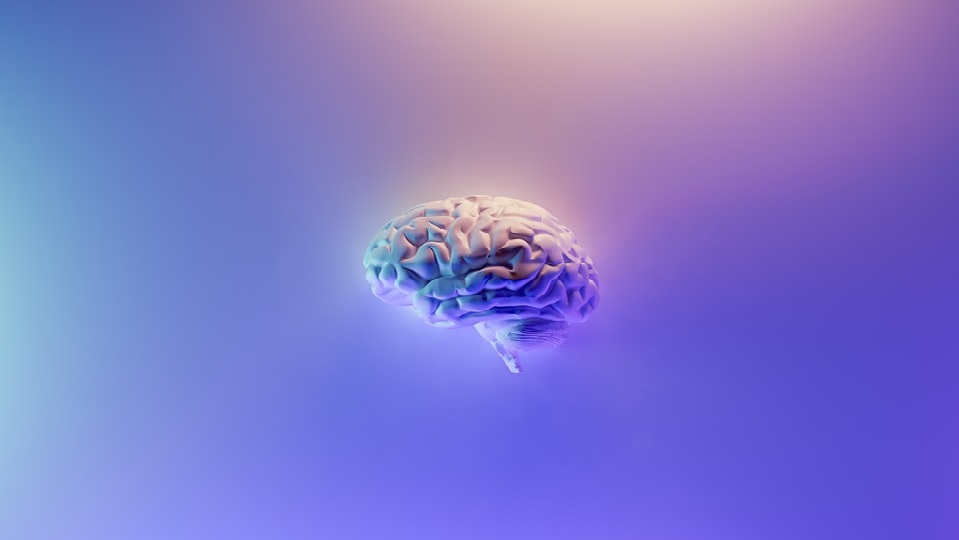Greg Thorkelson, MD with Ryan Reagan, PhD(c), LPC
This week the Nexus blog for mental health will be focusing on the emerging research on neurofeedback, a potential treatment for ADHD. If you have been in the field long enough the term “neurofeedback” may conjure memories of biofeedback which gained some popularity in the 80’s as a potential treatment for hypertension. With regard to hypertension, the treatment fell short of its hopes. It was later shown that the gains observed during session did not translate to long term alleviation of hypertension. So, why might this be different? Preliminary research suggests that changes were observed and maintained up to a year later.
It is also the case that neurofeedback might be much closer to the source of the problem. With biofeedback the goal was to help individuals lower blood pressure by focused relaxation techniques combined with real time feedback on biometric indicators. It worked. Heart rate, blood pressure, and skin conductivity do show changes during states of relaxation. The problem is that most of us do not live in a permanent state of relaxation, and most of us would prefer not being hooked up to monitor all day. This is not to suggest that daily relaxation exercise is not worth it, it is. What it does say is that biofeedback was not adding anything substantial to the management of hypertension, whereas diet and exercise do.
Enter neurofeedback, and why this time might be different. To clarify, neurofeedback is a type of biofeedback, but it is focused on the brain as opposed to other biometrics like heartrate and galvanic skin response. Brainwaves are measured with an electroencephalogram (EEG). Electrodes are placed around the scalp and connected to a monitor which reads various types of brain activity. These are commonly used by neurologists to identify and diagnose epilepsy and other seizure disorders.
One of the reasons that researchers are optimistic is that many mental illnesses also reveal underlying patterns of abnormal brain activity. It stands to follow that if abnormal patterns can be identified it might be possible to modify brain activity provided that the individual receives the right feedback. For example, researchers at the University of Pittsburgh conducted a study in which participants suffering from depression were provided feedback on amygdala activity. The amygdala is associated with emotional responses and memory. By having participants focus on positive events they were able to increase activity in this region of the brain. This resulted in a reduction of depressive symptoms.

Attention Deficit Hyperactivity Disorder
For those unfamiliar, ADHD is a diagnosis typically given in childhood, though there are adults who may receive the diagnosis long after schooling. ADHD is commonly diagnosed in childhood because children with this diagnosis often struggle in the classroom. ADHD can fall under a predominately inattentive subtype, or predominately hyperactive. Children can have features of both. Children of the hyperactive subtype are noticeably and excessively active in comparison to the peers. The characteristic description is “as if driven by a motor.” Children with the inattentive subtype are often forgetful and have difficulty focusing attention for sufficient lengths of time.
The CDC estimated that approximately 9% of children have received a diagnosis of ADHD at some point. The typical treatment for the condition is stimulant medication. This may sound counterintuitive, but for a person with ADHD the region of the brain responsible for impulse control is either underperforming or under-stimulated. By stimulating activity in this area, children can exercise more control over impulsive behavior. Unfortunately, there are side effects to stimulant medications, including appetite suppression which can be problematic in pediatric populations.
A relatively recent discovery was that children with ADHD have different brain activity from their non- ADHD counterparts. Children with ADHD exhibit lower levels of beta waves and higher levels of theta waves as measured on EEG. Children without ADHD show the opposite pattern.

How Does Neurofeedback Training Work?
If you had Psychology 101 you may recall Operant Conditioning—B.F. Skinner’s research. This was the one where the rat learns that by pressing the bar it receives a food pellet. This is how the reward system works—positive reinforcement. Neurofeedback can be used similarly to shape desirable and disincentive undesirable behavior. This can be done using video games that are designed for brain training.
One of the great discoveries of neuroscience has been that the brain is malleable. Behavior can change the functioning of the brain, and the functioning of the brain can change behavior. Theoretically, helping individuals with ADHD increase beta wave activity and reduce theta wave activity might result in positive behavior change. There is some research that supports this, but we must remain mindful that it is not altogether clear what an EEG is measuring. Neurologists can identify abnormalities and treat them accordingly, but beyond that it is just a measurement of electrical activity. The human brain still holds many mysteries.

What Is a Neurofeedback Session Like?
As mentioned above, a neurofeedback session involves electrodes placed around the scalp to measure brain activity. The electrodes do not emit electrical current, so there is no sensation felt other than the presence of the electrode. For the first sessions the practitioner will ask questions to gather an impression of brain activity. You might be asked to perform certain mental tasks. This will help to establish a baseline understanding of brain activity. Over time the practitioner may use games and other tasks that help reinforce activity associated with the areas targeted for development.
What Does the Research Say?
The research on neurofeedback is ongoing with some promising results already noted. Researchers in one study observed that changes were maintained a year later for a group that participated in neurofeedback sessions along with medication. For the group that received stimulant medication alone these changes were not observed a year later.
Other research was less conclusive, but this may also be attributable to different study designs. The role of “placebo effect” is something that researchers always contend with. Nonetheless, the procedure is non-invasive and the only side effects noted are those that can accompany other types of therapies—mental fatigue and uncomfortable emotions. On that latter, neurofeedback has been used in some studies to target the dysregulated brain activity associated with traumatic memories. There is additional research exploring neurofeedback as an adjunctive therapy for treatment of anxiety disorders and depression.
One of the important points to keep in mind is that neurofeedback is not the same thing as therapy. It is much more like training. Physical therapy might provide a more useful analogy where exercise is repeated in multiple sessions to regain strength. Dr. Daniel Siegel, author of the book Aware, has a line repeated throughout: “where attention goes, neural firing goes, and neural connection grows.” Neurofeedback may be providing information on that path.

How Do I Find Neurofeedback?
Since research is still emerging on this subject, it can be difficult to find treatment providers. Insurance providers will typically not cover a service until there is enough research to support the treatment’s effectiveness. Neurofeedback is typically done for about 30-40 sessions. The Association for Applied Psychophysiology and Biofeedback is working to develop standards for research protocols. Those interested in neurofeedback may also want to check out the National Institutes of Complementary and Alternative Medicine.
The takeaway message is that neurofeedback may be helpful as an adjunctive therapy for the treatment of ADHD, depression, and anxiety disorders. Medication and psychotherapy remain the gold standard for treatment of mental illness. Adjunctive therapies are those that can be recommended as a complement to other treatment approaches. In other words, adding neurofeedback sessions to medication and therapy may help to enhance the overall trajectory of treatment.

